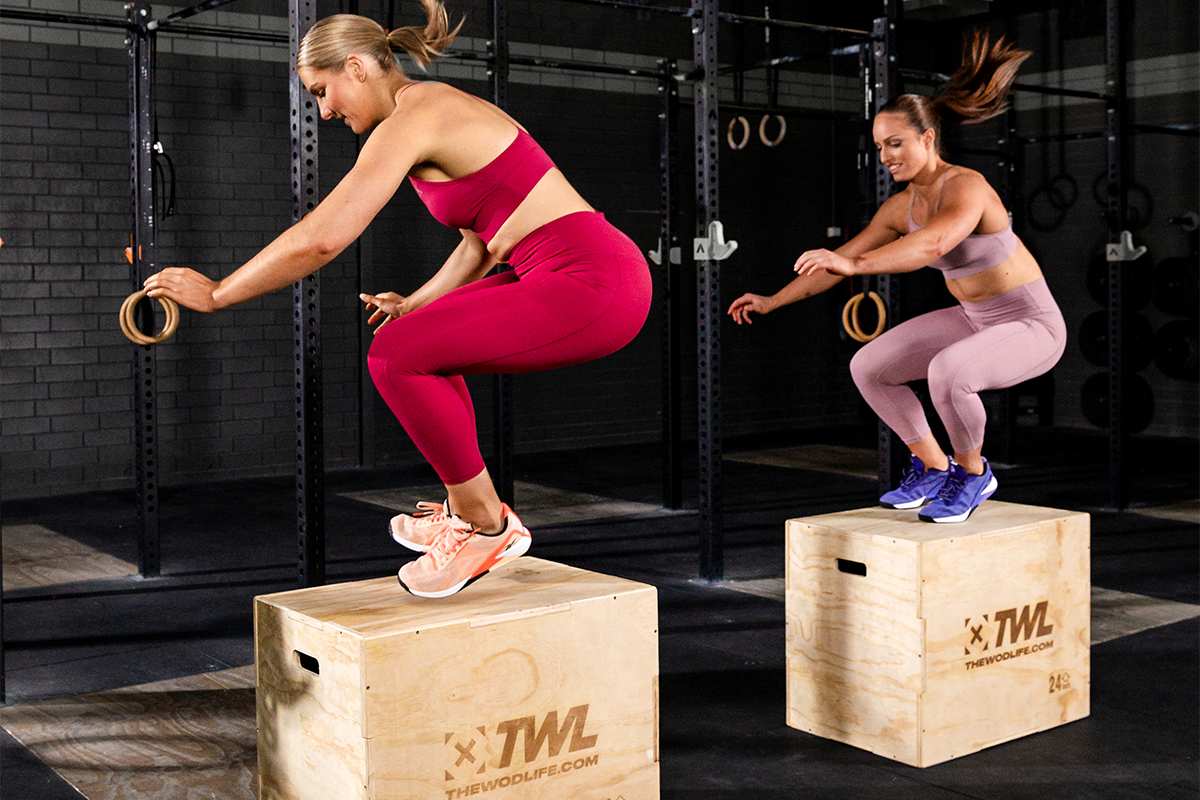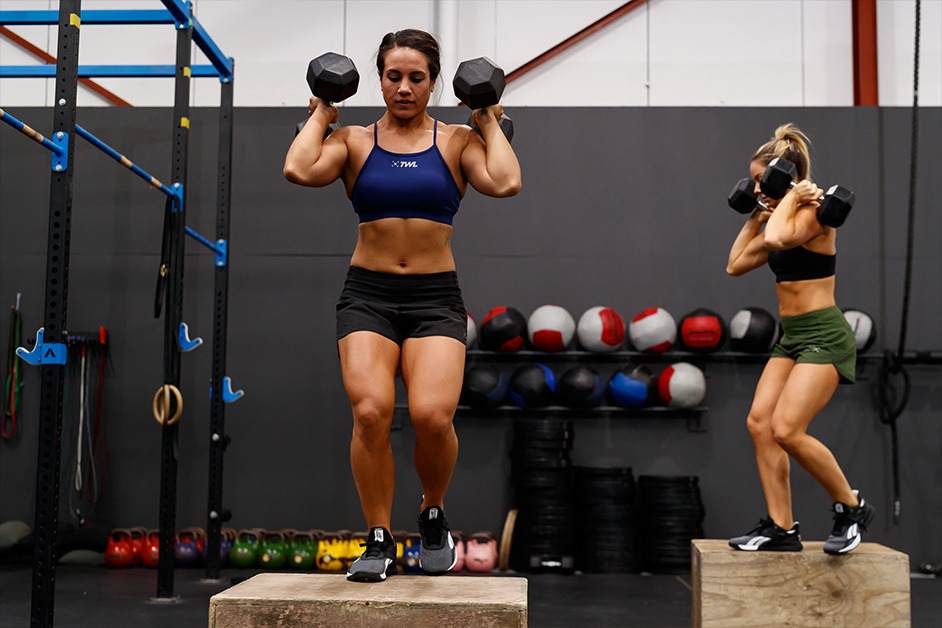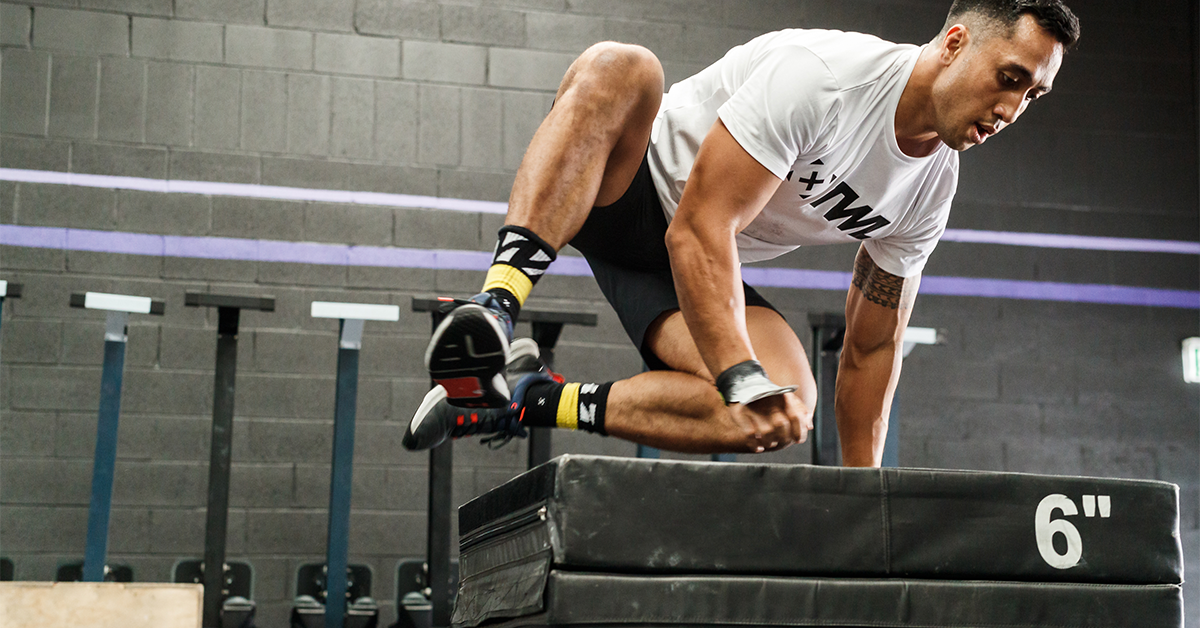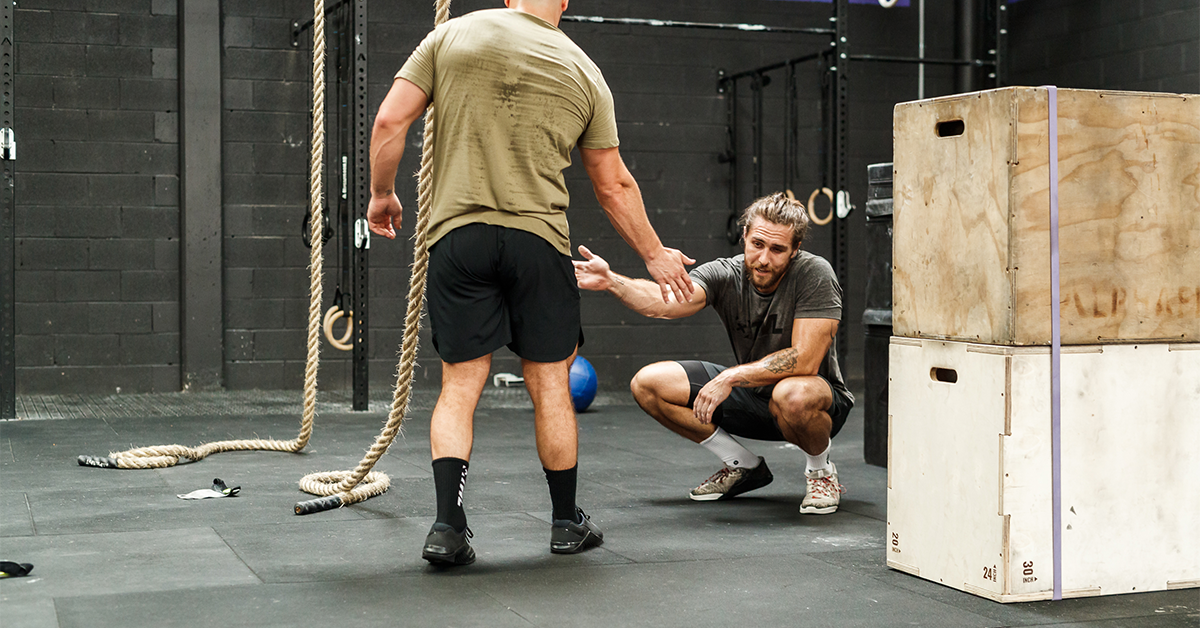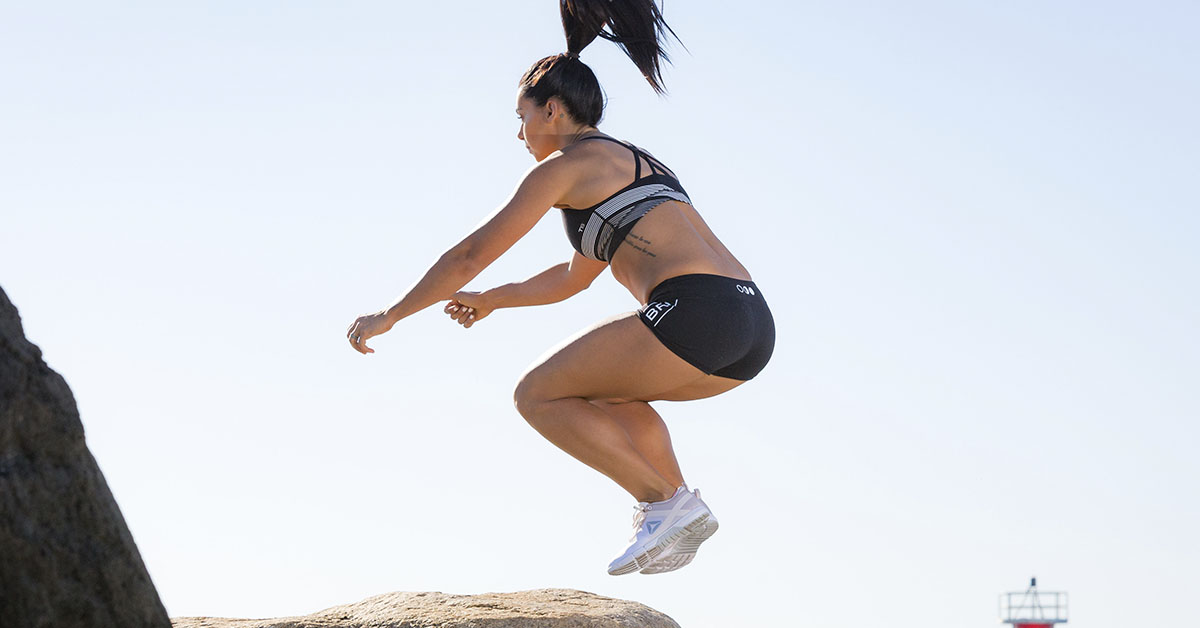Maybe you’ve mastered box jumps and — congrats! — haven’t scraped your shins in ages. You follow all the standard box jump tips to knock out your reps like a pro — like using your arms to propel you up and resting at the top, not the bottom. Well done. But have you considered the box jump muscles used and where exactly you can expect to see progress? That’s right, this is about much more than cardio. Let’s discuss.
Psst! Don’t forget that we carry a nice collection of plyo boxes.
Box Jumps Muscles Used: A Head-to-Toe Exercise (Almost)
Here’s the good part: If you’re doing box jumps, then you’re working just about every muscle group of your lower body, including your:
- Glutes.
- Hamstrings.
- Calves.
- Quads.
- Hips.
This makes sense, considering that the box jump technically starts with a squat — albeit, an abbreviated one. It’s not only the squat and jump portion of the movement that challenge your muscles, either. Whether you jump back down or step down, getting off the box requires you to engage these muscles.
However, it doesn’t end there. The really good part is that your upper body is getting a workout, too. You can’t perform a single rep without engaging your core. Your arms and shoulders also play a role, because they help drive you upward so that you can clear the box.
Shop Now
And even though you might not notice it, landing on the box while maintaining control and stability is — believe it or not — work.
Why You *Need* to Be Doing Box Jumps
Here’s what we perhaps love most about box jumps: They pack a lot of punch and give you the best of both worlds.
By now, you know that the box jump muscles used mean that you’re going to enjoy some nice strength gains. However, you don’t need us to tell you that box jumps are going to challenge your heart and lungs too, making them one heck of a cardiovascular challenge.
And there’s more! Box jumps are one exercise that improves power and explosiveness, and this is going to translate to other things you do in the gym. Think of other movements that require power: sprints, burpees, double-unders, the Olympic lifts. When you train box jumps, you’re simultaneously benefitting all those other movements. Nice!
The box jump sets and reps you program into your training will depend on your goals. For instance, doing box jumps to improve strength will look different from doing them to improve your cardio. However, any way you cut it, your body is going to enjoy the rewards of this spicy exercise.
Get to work!

